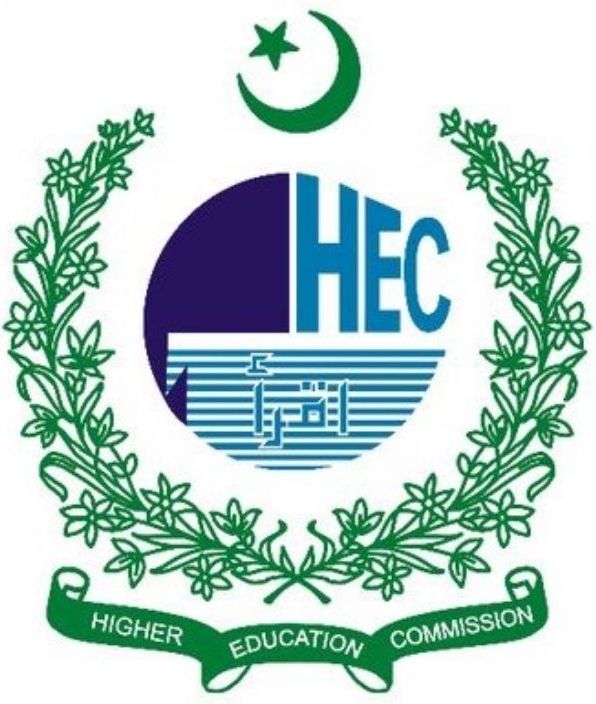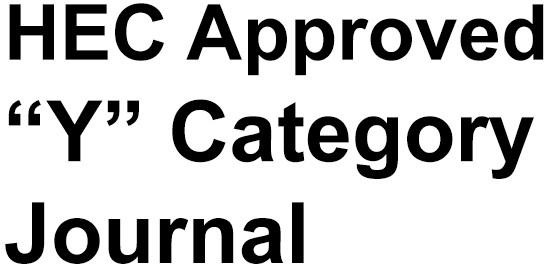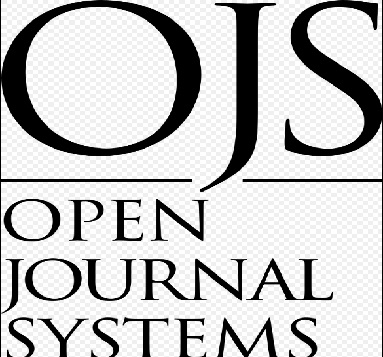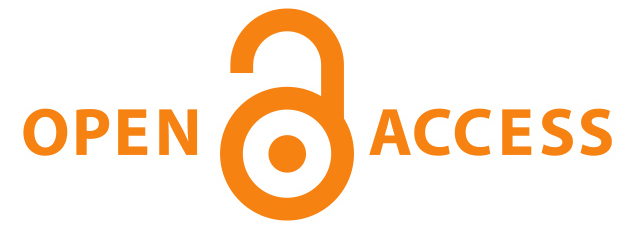The Effects of Current Debt In Capital Structure on Refinancing Decisions of Firms: Evidence from PSE-100 Non-Financial Firms
DOI:
https://doi.org/10.63056/ACAD.004.02.0292Keywords:
leverage, profitability , corporate governance , Capital structureAbstract
This study explores the capital structure decisions of non-financial firms listed on the Pakistan Stock Exchange (PSX-100), focusing on how macroeconomic volatility, regulatory reforms, and firm-specific determinants influence leverage. Using panel data from 50 non-financial firms spanning 2014–2023, the study employs fixed-effects regression to isolate the effects of profitability, firm size, growth opportunities, and non-debt tax shields (NDTS) on leverage ratios. Findings confirm that profitable firms prefer internal financing over debt, aligning with pecking order theory, while larger firms demonstrate higher leverage, consistent with trade-off theory. Growth-oriented firms tend to avoid debt to preserve flexibility, while firms with substantial NDTS reduce reliance on debt due to internal tax benefits. The analysis incorporates macroeconomic shocks such as currency depreciation and evolving financial regulations, highlighting their impact on firms' refinancing decisions. Additionally, the study evaluates the role of environmental, social, and governance (ESG) factors, demonstrating that ESG-compliant firms experience better capital access and lower financial constraints. These insights contribute to a comprehensive understanding of capital structure in emerging markets, offering practical implications for policymakers, corporate managers, and financial regulators seeking to balance financial stability with strategic financing choices in a rapidly evolving economic environment.
Downloads
Published
Issue
Section
License
Copyright (c) 2025 Hamayun Momand, Folad Amar Khel (Author)

This work is licensed under a Creative Commons Attribution 4.0 International License.












